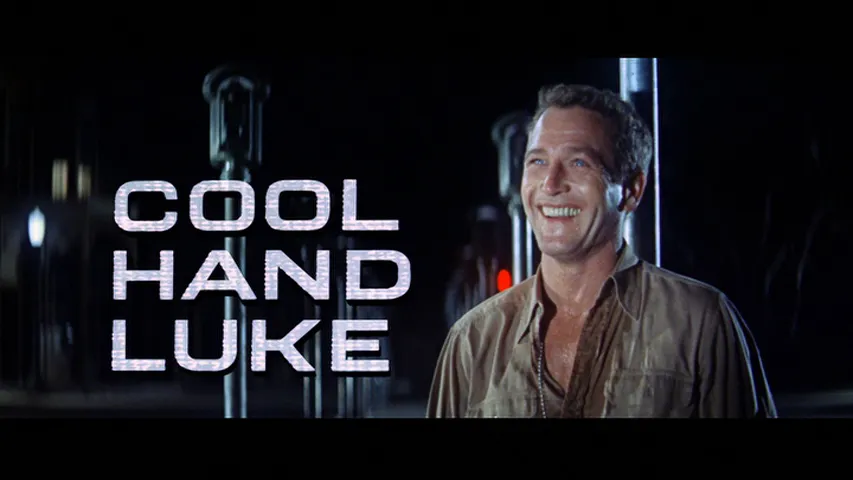In 2009, Quentin Tarantino did what no one expected: he turned World War II into a spaghetti western soaked in pulp, wit, and blood. Inglourious Basterds, his audacious, violent, and darkly humorous revisionist war film, shattered expectations — not just of the genre, but of history itself.
Tarantino’s film isn’t about the real war. It’s about a war of images, of power, of spectacle. It’s about turning propaganda inside out, exploding it — quite literally — inside a cinema.
Split into five chapters, Inglourious Basterds opens with a masterclass in suspense: Colonel Hans Landa (played with unforgettable charm and menace by Christoph Waltz) visits a French dairy farmer suspected of hiding Jews. The conversation is polite, chilling, and builds with unbearable tension until its devastating conclusion.
From there, the film introduces the titular “Basterds,” a rogue team of Jewish-American soldiers led by Lt. Aldo Raine (Brad Pitt, chewing scenery and scalps with equal enthusiasm). Their mission is simple: kill Nazis. Brutally. Publicly. Often.
The narrative then spirals into the story of Shosanna Dreyfus (Mélanie Laurent), a Jewish woman whose family was murdered by Landa. She now owns a Parisian cinema and is planning a fiery revenge of her own — one that involves locking Hitler, Goebbels, and the top Nazi brass in her movie theater... and burning it all to the ground.
What unfolds is an alternate history where cinema — the literal and metaphorical — becomes a weapon more powerful than any bomb.
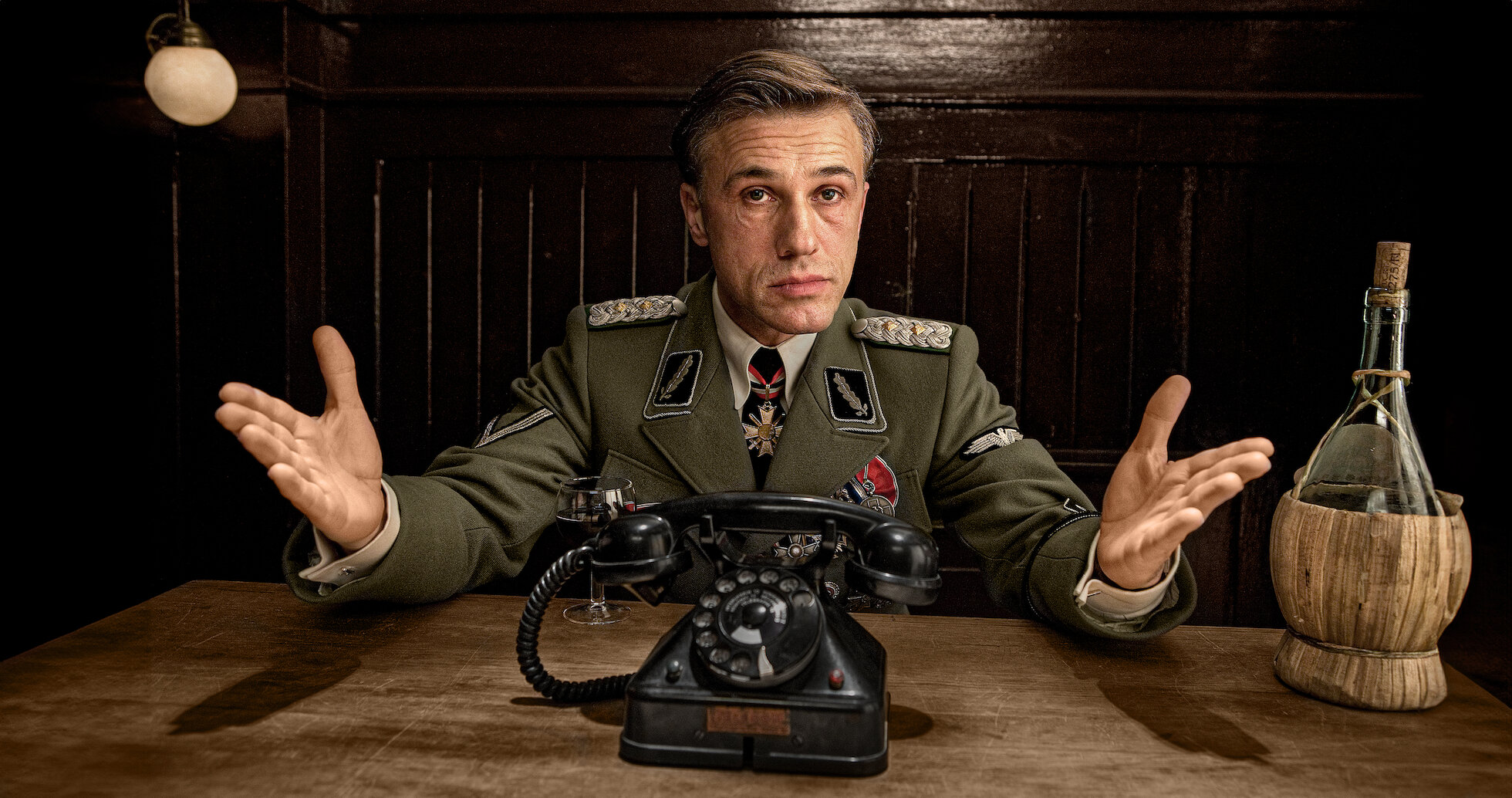
At first glance, Inglourious Basterds looks like a World War II revenge fantasy. But beneath the surface, it’s a film about storytelling: who tells history, who rewrites it, and who gets to control the narrative.
The Nazis in the film, especially Landa and Goebbels, understand the power of image and story. Their propaganda film within the film, Nation’s Pride, is a grotesque mirror of their ideology — but it’s Shosanna who weaponizes film for justice.
The idea that the war could end in a movie theater, with reels of nitrate film exploding, is as symbolic as it is absurd. Tarantino makes cinema itself the avenger. The medium becomes the message — and the battlefield.
Christoph Waltz’s performance as Hans Landa earned him an Academy Award, and deservedly so. He’s terrifying not because he’s loud or violent, but because he’s polite, clever, multilingual, and unpredictable. He’s a villain who enjoys every syllable of his sentences and every ounce of control.

Brad Pitt’s Lt. Raine is a caricature, but intentionally so — a Tennessee-born Nazi hunter who treats his mission like a sport. Mélanie Laurent as Shosanna brings quiet rage and steely resolve to a role that balances tragedy with triumphant vengeance.
And then there’s Diane Kruger as German actress Bridget von Hammersmark, and Michael Fassbender as British spy Lt. Archie Hicox — both playing characters pretending to play characters in a story that already plays fast with the truth.
By 2009, Tarantino had already redefined modern filmmaking with Pulp Fiction and Kill Bill. But Inglourious Basterds may be his most ambitious film — not just in scale, but in its disregard for historical fact.
He isn’t interested in realism. He’s interested in catharsis. He creates an alternate timeline where the most monstrous figure in modern history dies screaming in a theater fire while a Jewish woman watches from the projection booth. It’s absurd. It’s bold. And it’s deeply satisfying.
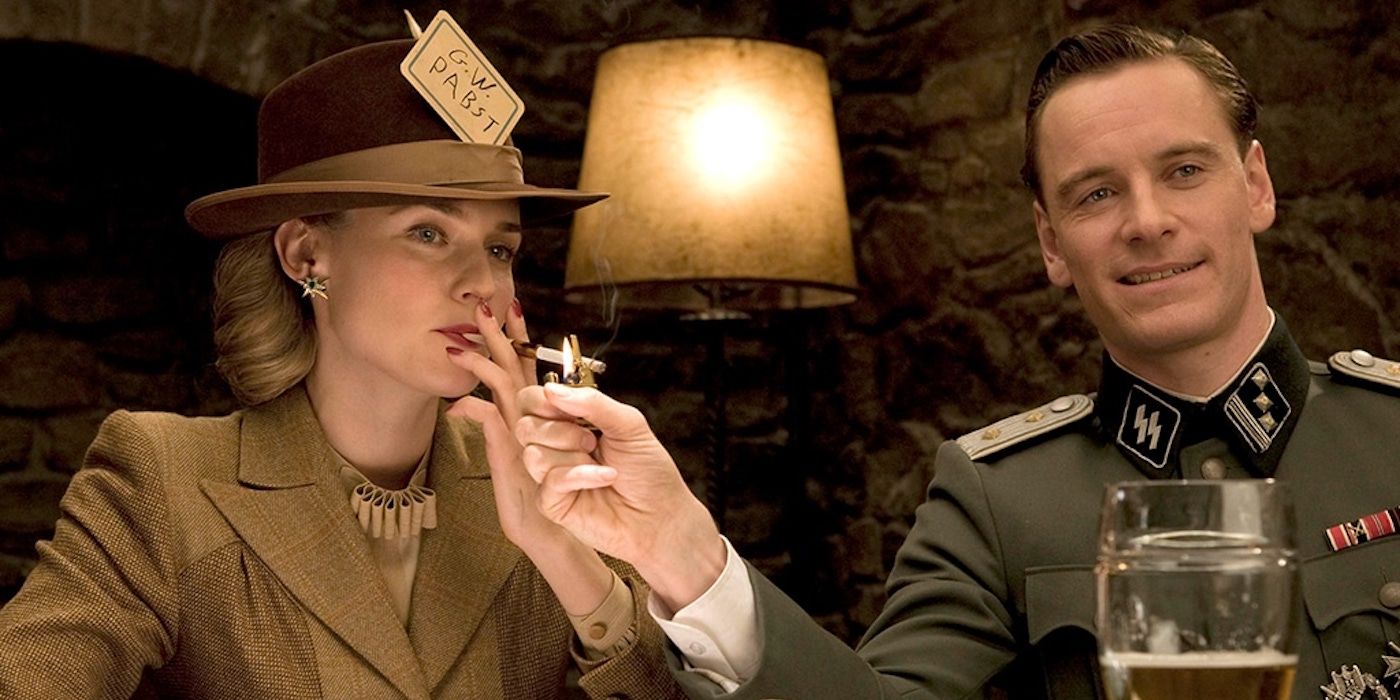
The script is rich with Tarantino’s signature dialogue — long, theatrical conversations that build to sudden bursts of violence. Every scene is a slow burn. Every line has weight.
When Inglourious Basterds premiered at Cannes in 2009, it received an eight-minute standing ovation. Since then, it has only grown in esteem. It’s now considered one of Tarantino’s best works — and one of the boldest war films of the 21st century.
It inspired debate: Is it tasteless to fictionalize the Holocaust? Is revenge fantasy valid art? Can cinema heal or harm Tarantino never answers. He simply shows.
Inglourious Basterds is not a history lesson. It’s a revenge opera. It’s a love letter to cinema and a fist in the face of fascism. It’s not about what was, but about what could have been — if movies could rewrite trauma, if film could burn injustice down.
Fifteen years later, it remains provocative, electrifying, and unlike anything else. And maybe that’s Tarantino’s greatest trick: convincing us that sometimes, the best way to deal with horror... is to project it on a screen and watch it burn.
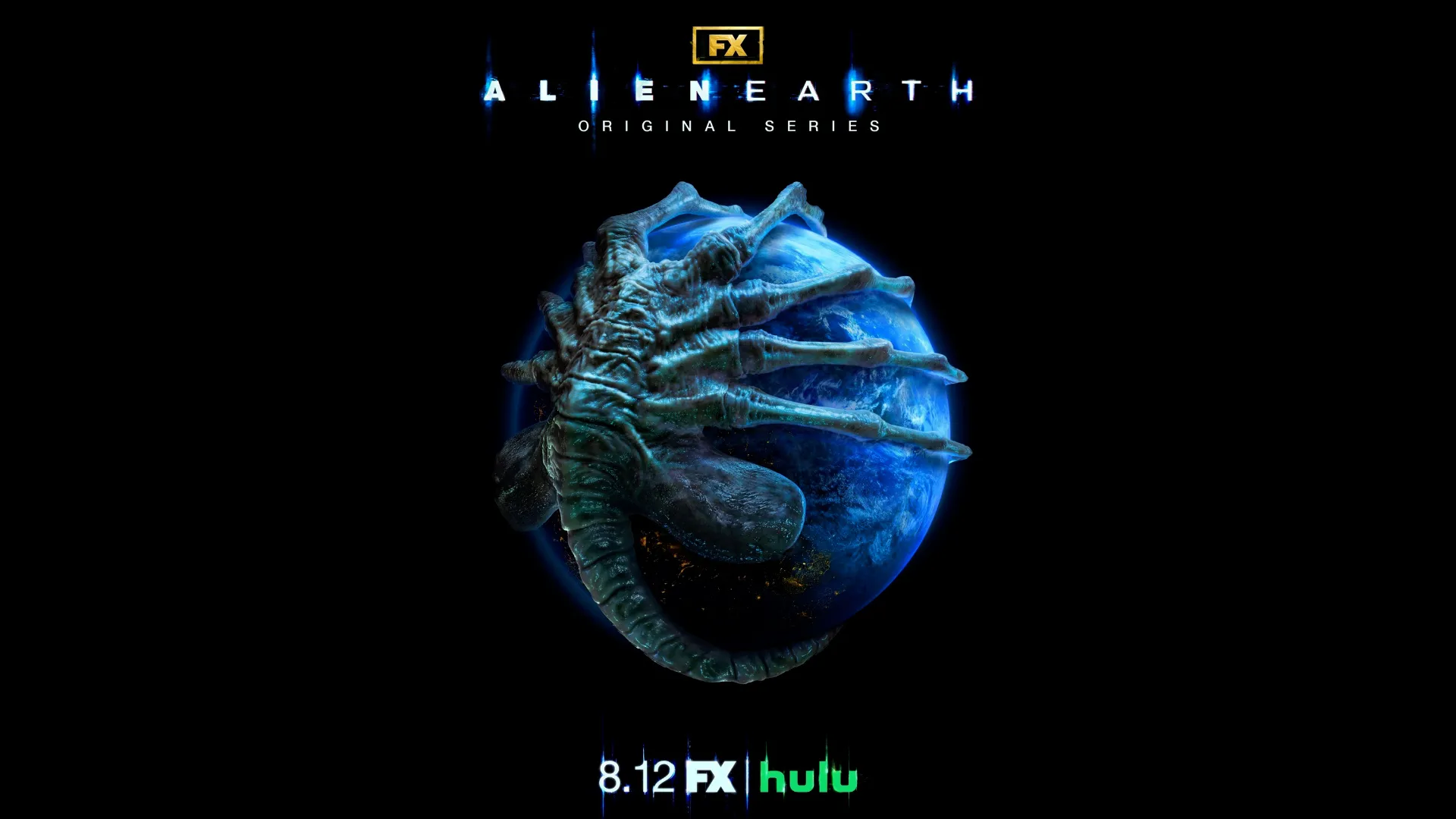
-1751508693-q80.webp)
